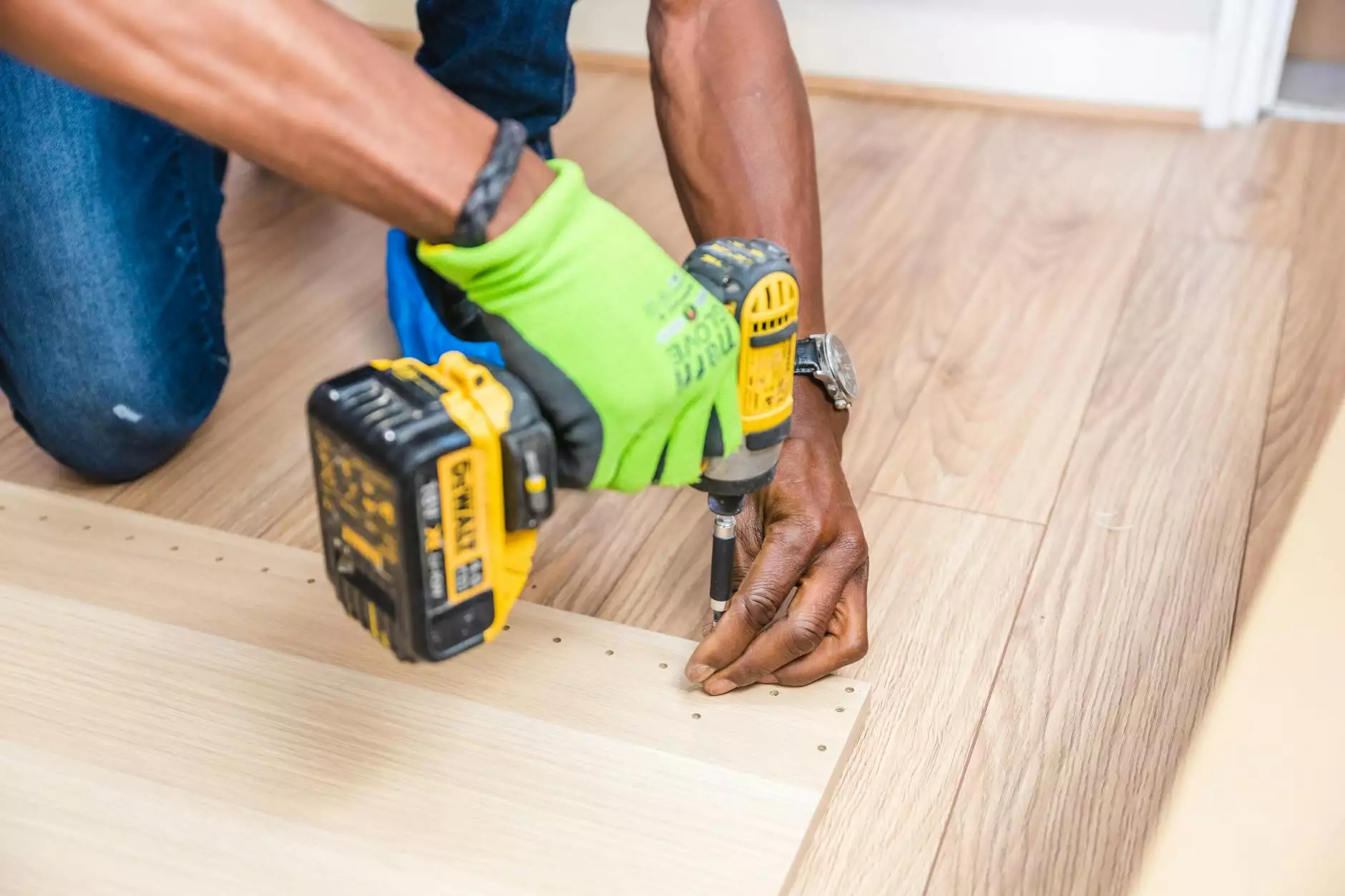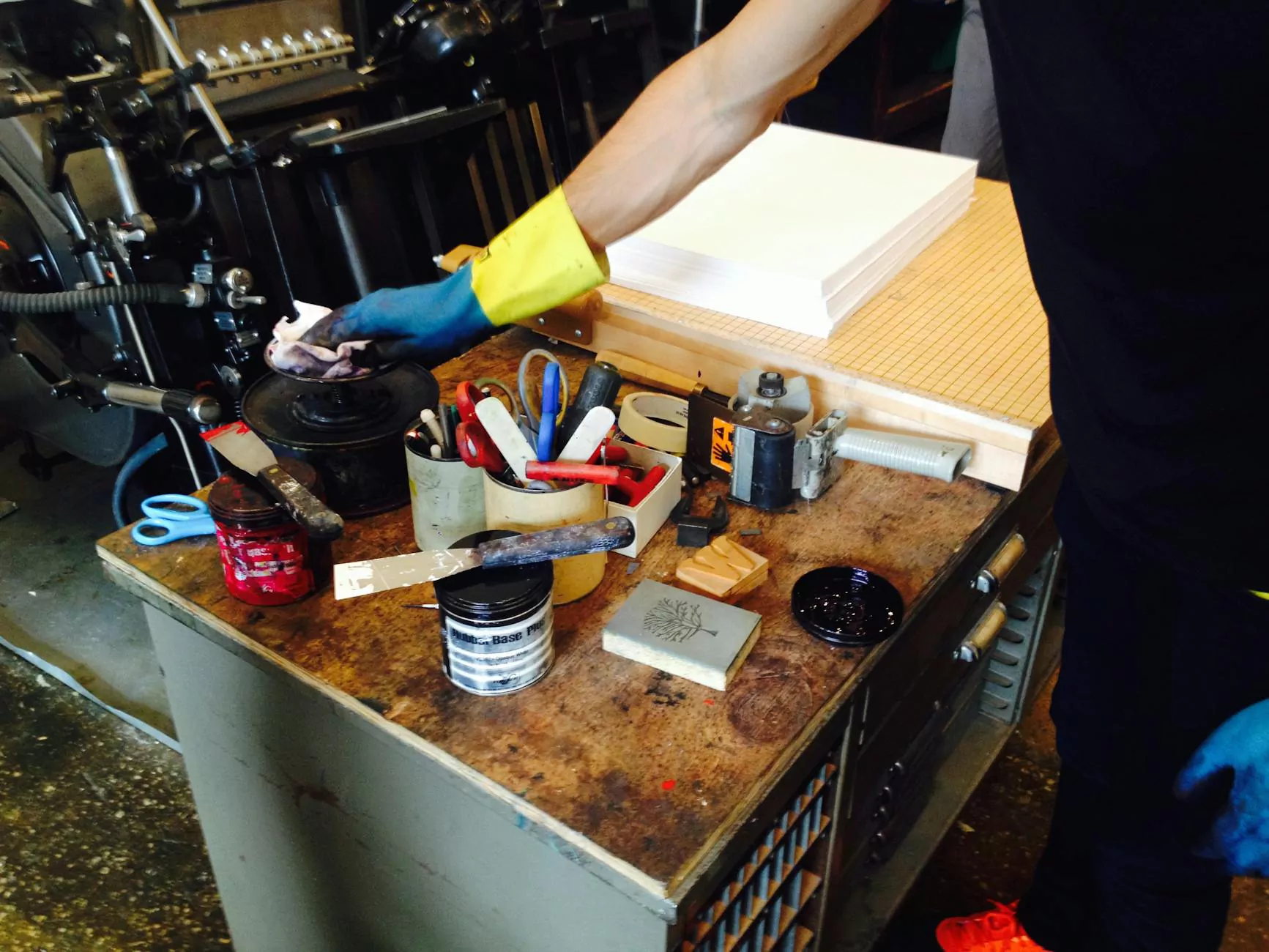The Complete Guide to Gutter Replacements

Gutter replacements are a critical aspect of home maintenance that often goes unnoticed until problems arise. A well-functioning gutter system is vital for protecting your home from water damage, safeguarding your foundation, and prolonging the life of your roof. In this extensive guide, we will delve into the world of gutter replacements, exploring their importance, different types available, and tips for installation and maintenance. By the end of this article, you will have a comprehensive understanding of why choosing the right gutters matters.
Why Gutter Replacements Are Essential
Gutters are designed to channel rainwater away from your home, preventing it from accumulating around your foundation, which can lead to serious damage. Here are some compelling reasons why gutter replacements are necessary:
- Protection Against Water Damage: An ineffective gutter system can cause rainwater to overflow or pool around your home, leading to leaks, mold, and eventually structural damage.
- Foundation Stability: Proper drainage is crucial in protecting your home's foundation. Water accumulation can erode soil, causing cracks and settlement.
- Safeguarding Landscaping: Gutters divert water, ensuring your garden and landscaping are not washed away during heavy rains.
- Preventing Pest Infestations: Stagnant water can attract insects such as mosquitoes, leading to infestations.
Signs You Need Gutter Replacements
Identifying when your gutters need replacing can save you from costly repairs in the future. Look for these signs:
- Cracks and Splits: Visible cracks or splits in your gutters signal they are no longer effective.
- Peeling Paint or Rust: If you notice peeling paint on the exterior of your gutters or signs of rust, it means water is not draining correctly.
- Pooling Water: Observe how water behaves during a rainstorm. If water pools near your foundation, it may indicate clogged or failing gutters.
- Mold Growth: Mold or mildew around your home can also indicate persistent water problems, often a result of faulty gutters.
Different Types of Gutter Systems
When considering gutter replacements, understanding the various types of gutter systems available can help you make an informed decision. Below are the most common types:
1. K-Style Gutters
K-Style gutters are known for their flat bottom and decorative front profile resembling crown molding. They are popular due to their high capacity and aesthetic appeal, making them an excellent choice for residential properties.
2. Half-Round Gutters
Half-round gutters have a semicircular shape and are often used in historic homes. They are less prone to leaks and are easy to clean, but they may lack the capacity of K-Style gutters.
3. Box Gutters
Box gutters are wider and rectangular, usually found in commercial properties and older homes. They are designed to handle large amounts of precipitation and require proper installation to prevent leaks.
4. Seamless Gutters
Seamless gutters are custom-made to fit your home, eliminating the joints that often cause leaks. They are available in various materials and colors and require professional installation.
5. Gutter Guards
While not a type of gutter per se, installing gutter guards can significantly increase the efficiency of your gutter system by preventing debris accumulation and clogging.
Choosing the Right Material for Your Gutters
The material you choose for your gutters can affect their durability, cost, and appearance. Here are the most popular materials used in gutter systems:
- Aluminum: Lightweight and rust-resistant, aluminum gutters are a popular choice for residential properties. They are available in a range of colors and can withstand the elements.
- Vinyl: Vinyl gutters are affordable and easy to install, but they may not hold up as well in extreme weather conditions.
- Steel: Galvanized or stainless steel gutters are exceptionally durable and can handle heavy rain and debris, although they may rust over time if not maintained properly.
- Copper: Copper gutters are known for their longevity and aesthetic appeal. They develop a unique patina over time but come with a higher price tag.
Gutter Replacement Process
Replacing gutters doesn’t have to be a daunting task. Understanding the process can empower you to take the necessary steps and possibly tackle the job yourself or hire a professional. Below is a step-by-step guide:
Step 1: Assessing Your Current Gutters
Before replacements, evaluate your existing gutters. Check for visible damages, signs of sagging, or clogs. Determine whether a repair may be sufficient.
Step 2: Choosing Your New Gutters
Based on your assessment, select the type and material of gutters that best suit your home and budget. If unsure, consult with gutter professionals.
Step 3: Gather Necessary Tools and Materials
Ensure you have all the necessary tools, including a ladder, measuring tape, tin snips, a level, and screws. Having everything ready will streamline the installation process.
Step 4: Remove Old Gutters
Carefully detach the old gutters from the fascia board. Start at one end and work your way to the other, ensuring to remove any downspouts and brackets.
Step 5: Install the New Gutters
Begin installing the new gutters by positioning them according to the measurements taken earlier. Secure them with brackets and ensure they slope towards the downspouts for effective drainage.
Step 6: Add Downspouts
Install downspouts at calculated intervals, typically every 30-40 feet, depending on your roof design and gutter capacity.
Step 7: Seal Joints and Test
Seal any joints or seams with appropriate gutter sealant to prevent leaks. Once installed, test the system by running water through the gutters to see if they drain correctly.
Maintaining Your New Gutters
After undergoing gutter replacements, maintaining them is crucial to extend their lifespan and effectiveness. Regular maintenance tips include:
- Routine Cleaning: Clean your gutters at least twice a year, especially in spring and fall, to remove leaves and debris.
- Inspect Regularly: Regularly check for signs of wear, leaks, or sagging, addressing issues promptly before they escalate.
- Test Downspouts: Ensure downspouts are free from obstructions and funnel water away from your foundation.
- Consider Gutter Guards: Installing gutter guards can reduce the amount of debris entering your gutters, making maintenance easier.
Conclusion
In conclusion, gutter replacements are not just about aesthetics; they play a critical role in the overall health of your home. Understanding the types of gutters, materials, and installation processes can empower you to make informed decisions that will protect your investment. Regular maintenance ensures longevity and efficiency, preventing extensive damage over time. By prioritizing your gutters, you are taking vital steps toward safeguarding your home from water-related issues.
For more information or to explore our services, visit us at Gutter Solution, where we specialize in top-notch gutter services tailored to your needs.









